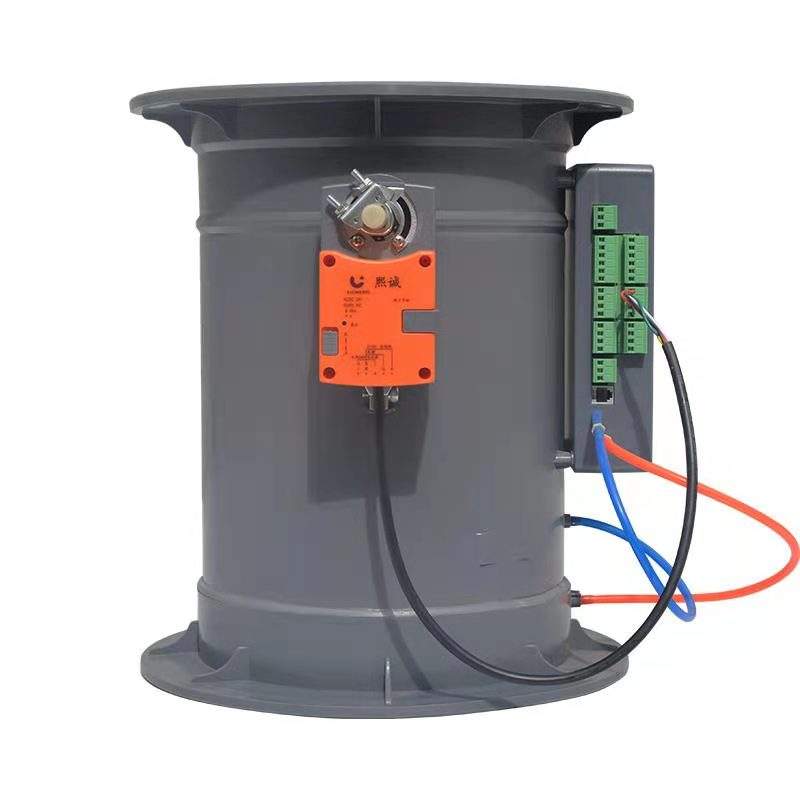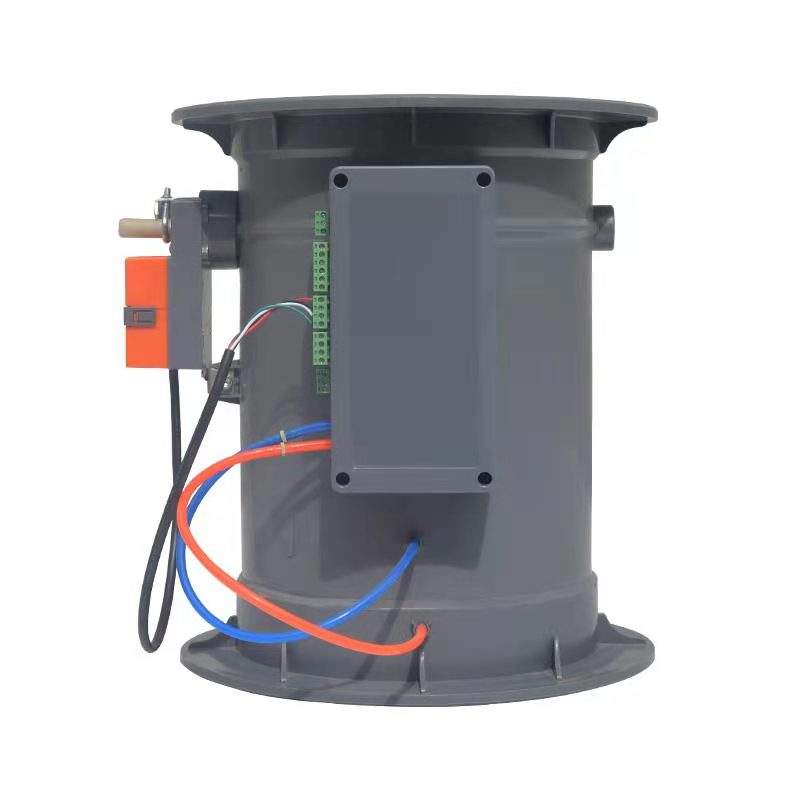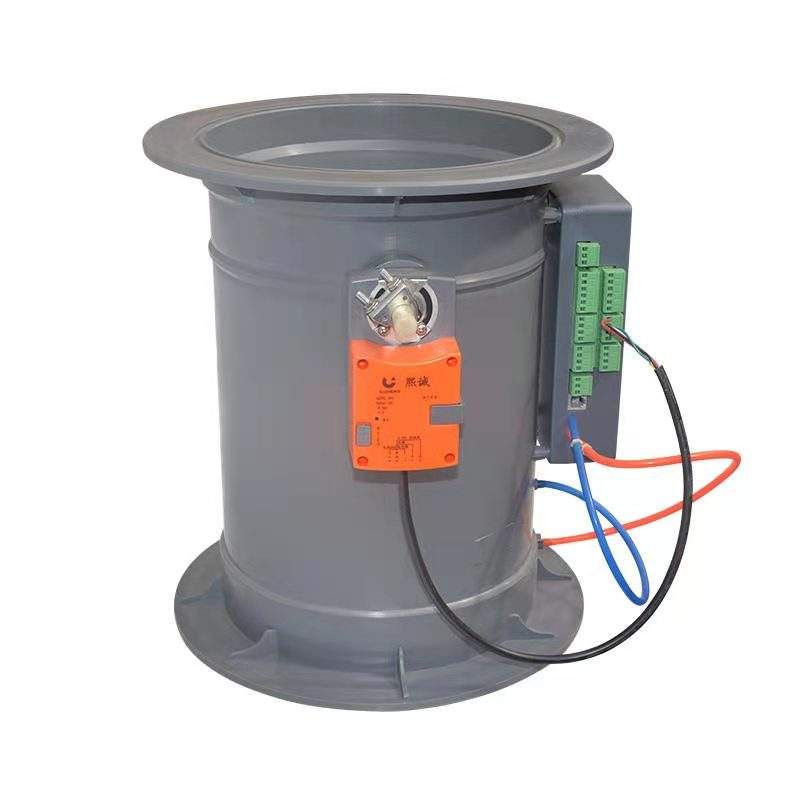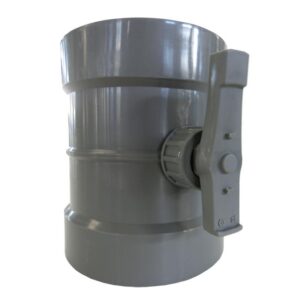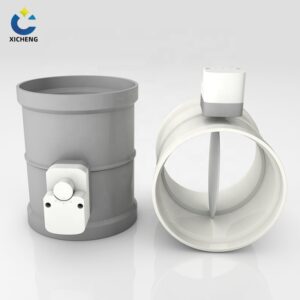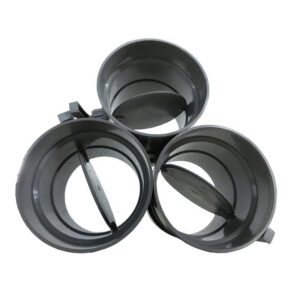Description
But if it is a variety of laboratories, or hospitals with precision instruments, the butterfly valve will expose its shortcomings, and then the upper variable air volume venturi valve will have to be used. The variable air volume system also uses sensors, but different from the butterfly valve, it uses a displacement sensor to measure the opening of the sliding door, and then transmits the signal to the controller. The controller has its own algorithm formula and adjusts the valve according to the calculated air volume. The size of the opening can adjust the exhaust air volume of the system.
The advantage of the variable air volume venturi valve is that the system has good anti-interference ability. Compared with the traditional butterfly valve, its accuracy can reach only 5%, and it can also achieve a high adjustment ratio that cannot be achieved by traditional valves. For example, Desai Zhiyan The tsirosmax variable air volume venturi valve can reach a turndown ratio of 20:1, which is relatively prominent in the industry products. In theory, the response time of the Venturi valve can be less than 1 second, and it will not be affected by other external pressures.
In general, different laboratories have different ventilation requirements, and the choice of valves should be tailored to local conditions. If you are not sure whether to choose a butterfly valve or a Venturi valve, you can also consult the designers or experts of Desai Zhiyan to ensure targeted design and ensure the safety and normal operation of the laboratory. On this basis, we must also choose high-quality and well-known manufacturers, such as Shenzhen Xicheng Environmental Protection Technology Co., Ltd., which can save costs for users and improve comfort on the basis of high quality.
